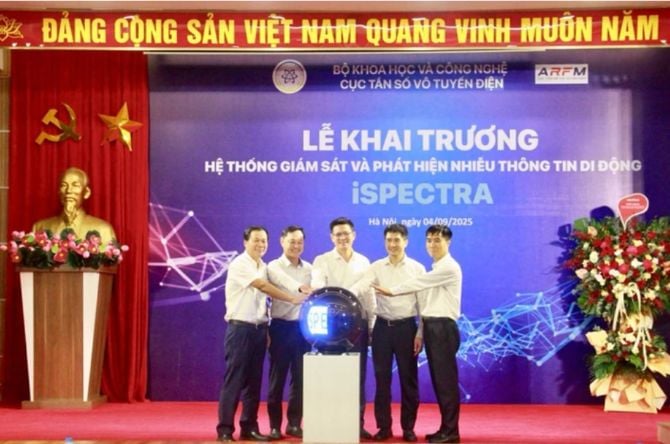
Addressing the challenges of the mobile network explosion
In recent years, the rapid development of 4G and 5G networks, rapid urbanization and the proliferation of wireless devices have led to increasing interference at base stations (BTS). This has directly affected the quality of telecommunications networks, causing difficulties for users. The work of identifying the cause and handling interference in the past often took a lot of time, effort and resources from both network operators and management agencies.
To solve this problem, the Radio Frequency Department has coordinated with telecommunications enterprises to deploy the iSpectra system in the 2023-2025 period.
The iSpectra system was born based on a completely new principle: turning hundreds of thousands of BTS stations nationwide into "sensors" to monitor, collect data in real time, detect - warn - isolate and handle interference sources quickly. This approach has realized the policy of the Ministry of Science and Technology on shifting from manual, paper-based management to digital data-based management.
Mr. Le Van Tuan, Director of the Radio Frequency Department, said that he had shared about iSpectra with many countries and telecommunications equipment manufacturers, but no one had a similar solution based on the combined strength between management agencies and network operators.
Recognition from carriers
At the opening ceremony, representatives of major carriers such as Viettel, VNPT, and MobiFone all affirmed that iSpectra has proven its effectiveness in practice.
According to statistics, since the trial operation in April 2025, iSpectra has helped detect 70 noise sources, an increase of 65% compared to the same period in 2024. Accuracy reached 76% (higher than the previous 65%), while noise processing time was halved, equivalent to saving about 1,080 working hours per year.
Mr. Nguyen Dat, Deputy General Director of Viettel , said that with a large network infrastructure (51,000 mobile stations with about 300,000 4G cells) and a plan to expand 5G, manually handling interference will consume a lot of resources. He commented that iSpectra not only ensures service quality for more than 100 million people but is also the first brick in the process of digital transformation of national frequency management.
VNPT representatives also highly appreciated iSpectra, considering it a powerful support tool to help businesses handle problems faster, thereby improving user experience and ensuring network stability.
Future development: AI integration and comprehensive digital management
In the next phase, the iSpectra system will be developed with more intelligent features, especially integrating artificial intelligence (AI) and machine learning to automatically analyze, classify, predict and localize the location of interference sources. The system will also be expanded to monitor 5G networks.
Viettel has proposed to complete iSpectra phase 2 soon to put into use in 2026, and at the same time research to expand the system for other operations such as frequency monitoring in border areas, serving new services such as telecommunications infrastructure for low-level economic development, frequency planning for specialized networks. The further goal is to build a comprehensive digital frequency management platform, automating all processes from registration, licensing to monitoring and evaluating efficiency.
Speaking at the event, Director Le Van Tuan said that the launch of the iSpectra system affirms the determination to innovate management methods based on modern technology and said that he will continue to coordinate with businesses to perfect the system, serving the goal of developing national digital infrastructure.
Source: https://doanhnghiepvn.vn/cong-nghe/viet-nam-khai-truong-he-thong-giam-sat-va-phat-hien-nhieu-song/20250818081330803








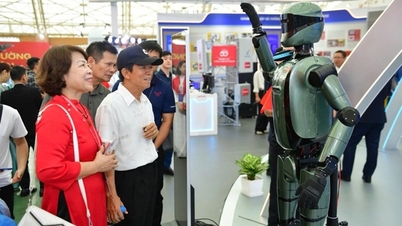










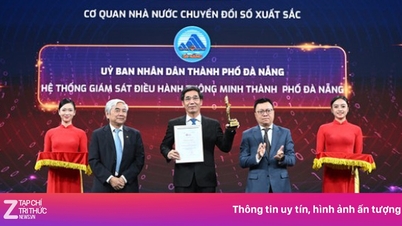


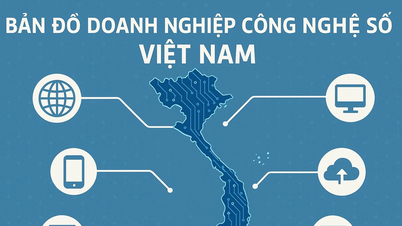

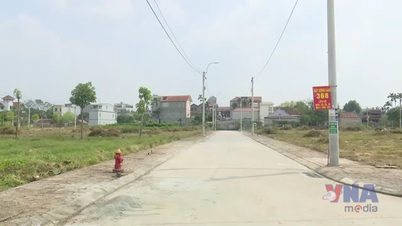

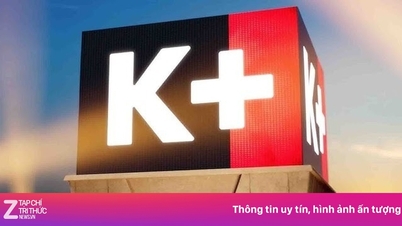




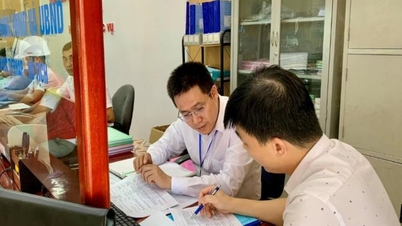

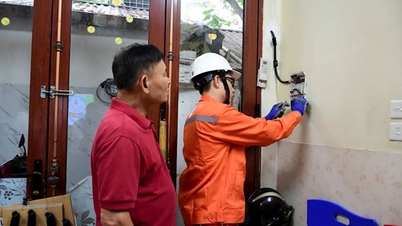
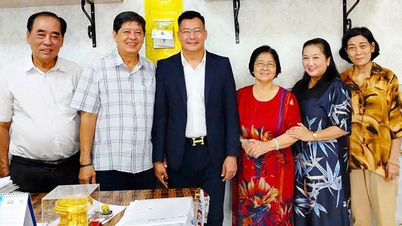
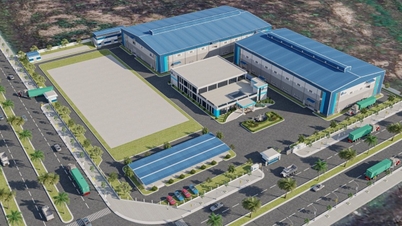


































































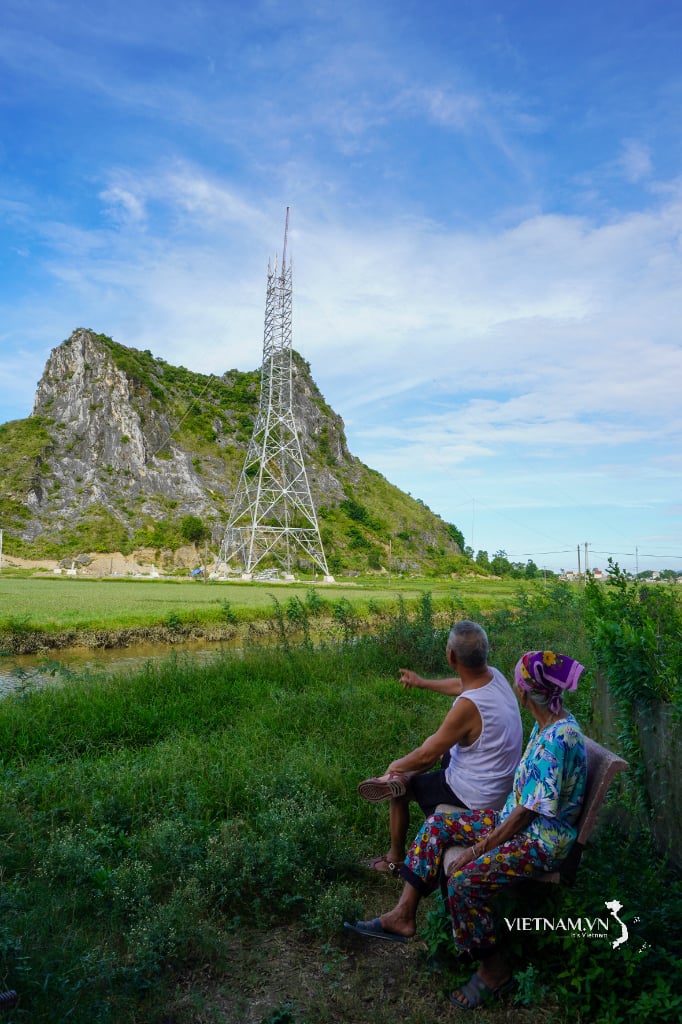
Comment (0)